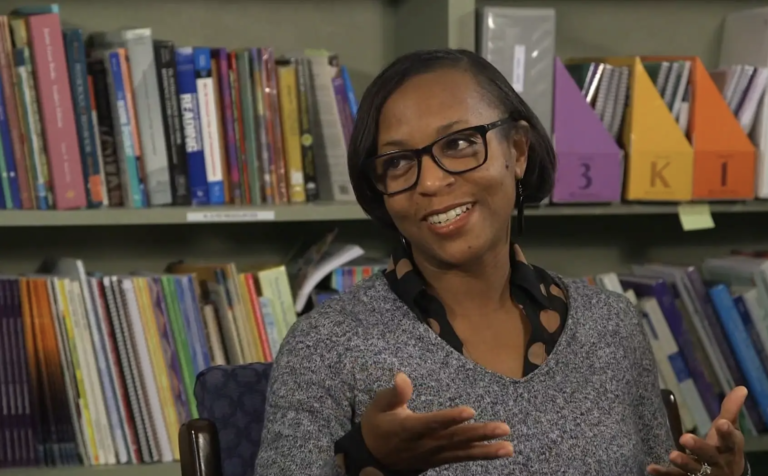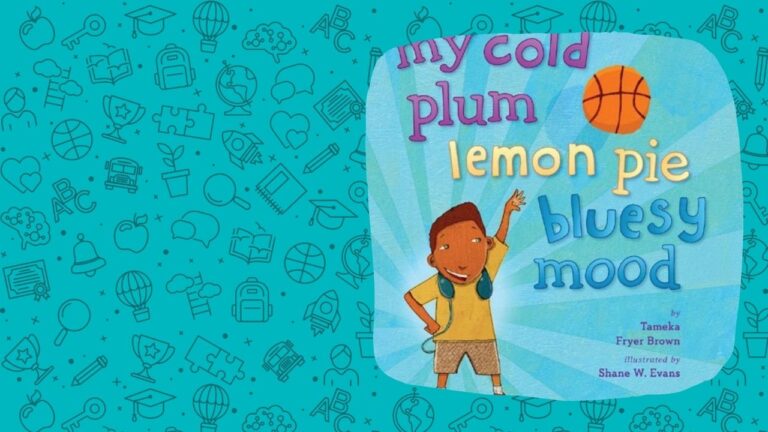Happy Women’s History Month! The origins of this celebratory month began in 1981 as “Women’s History Week,” and has since evolved to include a monthlong celebration of the contributions women have made in the United States both present and past.
From the dawn of society and culture, through various women’s rights movements across the nation and globally, March is an opportune time to empower all students to celebrate, learn about, honor and respect the influence women have made both nationally and across the world.
One way to shine a light on Women’s History Month is through books. Stories of history makers and trailblazers who are women come alive in the pages. We’ve compiled a list of our favorite women-inspired stories for you to share with your students. Help us grow this list by sharing your favorites in the comment section!
- Brave Girl: Clara and the Shirtwaist Makers Strike of 1909
- I Dissent: Ruth Bader Ginsburg Makes Her Mark by Debbie Levy
- Parker Looks Up: An Extraordinary Moment by Parker Curry & Jessica Curry
- Shaking Things Up: 14 Young Women Who Changed the World by Susan Hood
- She Persisted: 13 American Women Who Changed the World by Chelsea Clinton
- Little Dreamers: Visionary Women Around the World by Vashti Harrison
- Stacey’s Extraordinary Words by Stacey Abrams
- Dream Big, Little One by Vashti Harrison
- Girls Like Me by Valerie Thompkins
- Fantastically Great Women Who Changed the World by Kate Pankhurst
Below are Tier 2 vocabulary words you can use during your Women’s History Month-focused lessons:
- Celebrate: to do something special for an important occasion
- Suffrage: the right to vote
- Vote: an expression of a choice in a group decision (or election)
- Dissent: Disagree (or to not agree with someone)
- Extraordinary: amazing, something that is special
- Strike: to refuse to work or participate because something is not fair
As you read these books, don’t forget to use the TALK strategy to support engaging conversation with your students!
T is for Tune In: get into the child’s world and let them know that what they are thinking, or feeling is important.
I was thinking about the story we just read, and I noticed you….
A is for Ask: ask open-ended questions to encourage back and forth conversation.
Why do you think……..?
L is for Lift Language: model the language you want your child to use in the future.
Recognize their answer and expand on what they say by adding rich, complex language using sophisticated words, then answer the question yourself to show a language-rich response.
K is for Keep it going: Aim for multiple back and forth exchanges with your child around the story.
Remember to Strive for Five – try to go back-and-forth with your child 5 times. #striveforfive
Use storytime as a springboard for impactful conversations around women’s history-makers, gender equality and inclusion. At the Cox Campus, we know that reading stories aloud – across infant/toddler, preschool/Pre-K AND Kindergarten – middle school helps to build rich oral language and vocabulary (with age-appropriate books) that supports early literacy. No one is too old for a great read-aloud! Check out some of our featured courses and resources below!
Featured Courses
Featured Resources
- Literacy & Justice: Inquiry & Anchor Books: How can my community work together to help everyone?
- Literacy & Justice: Inquiry and Anchor Books- Who Am I? Why do I matter?
- Literacy & Justice: Inquiry & Anchor Books: What do we celebrate and why? Are there things we all are grateful for? What can we learn from each other’s celebrations that help us grow?
- Literacy & Justice: Inquiry & Anchor Books: How can my community work together to help everyone?
- Literacy & Justice: Inquiry & Anchor Books: How can we take care of ourselves and each other? What does it mean to show kindness?



